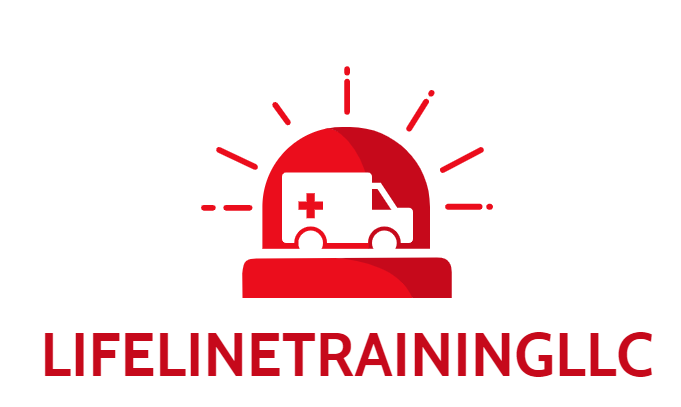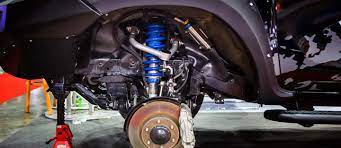Your vehicle's suspension and steering system are responsible for providing stability, control, and comfort while driving. However, over time, these parts wear and can begin to fail, leading to poor handling, uneven tire wear and even loss of control. Upgrading your suspension and steering parts can greatly improve the overall performance and safety of your vehicle.
In this blog post, we will discuss what you need to know when upgrading these essential parts.
Why Upgrading Your Suspension and Steering Parts is Important?
As a vehicle owner, it's crucial to understand the significance of upgrading your suspension and steering parts. While such upgrades may seem like an added expense, they can make all the difference when it comes to the overall performance and safety of your vehicle. A well-functioning suspension system ensures that your ride is smooth, stable, and free from excessive vibrations.
Meanwhile, a properly functioning steering system enables you to steer your vehicle with precision without any unexpected jolts or jerks. By upgrading your suspension and steering parts, you can enhance your vehicle's handling, manoeuvrability, and overall driving experience. Additionally, you can help prevent wear and tear on other vital components of your vehicle, reducing the likelihood of costly breakdowns or repairs.
So, if you want to give your vehicle the best chance of performing reliably and efficiently, consider investing in high-quality suspension and steering upgrades.
Now, let's move forward and learn what you need to know about upgrading your Suspension Parts;
Types of Suspension and Steering Upgrades
There are various types of suspension and steering upgrades available, and the ideal upgrade for your vehicle will depend on your driving style, purpose, and budget. Suspension upgrades may include improved shocks, struts, springs, and sway bars that offer better stability, handling, and ride comfort. Steering upgrades may involve improved tie rods, ball joints, and control arms that provide a more precise steering response and better feedback.
Professional Installation
Suspension and steering upgrades may require specialized tools and technical expertise that are beyond the scope of most DIY enthusiasts. Therefore, it is highly recommended that you have these parts installed by a professional mechanic to ensure proper installation and maximum performance. Also, many suspension and steering parts come with warranties that require professional installation to be valid.
Brands and Quality
When choosing suspension and steering parts, it is essential to consider the quality and reputation of the brand you are selecting. Cheaper, generic parts may cost less upfront, but they may not offer the same performance or durability as well-known, trusted brands. It is always best to choose reputable brands that have a history of quality and reliability.
Budget
Upgrading your suspension and steering parts can be expensive, but it is an investment in your vehicle's safety and performance. You should prioritize your needs and select parts that fit your budget without compromising on quality or performance. It is also a good idea to compare prices from different suppliers or online stores to get the best deal.
Maintenance
Once you have upgraded your suspension and steering parts, proper maintenance is key to ensuring their longevity and performance. Regular inspections, lubrication, and alignments are necessary to keep your suspension and steering in top shape. Neglecting these critical maintenance tasks can cause premature wear, reduced performance, and potential safety risks.
Conclusion
Upgrading your suspension and steering parts is a crucial step in improving your vehicle's performance, handling, and safety. Whether you are a racing enthusiast, a daily commuter, or a heavy-duty truck driver, upgrading your suspension and steering parts can provide a significant return on investment. By following these essential tips, you can make informed decisions, choose the right upgrades, and maintain your parts for optimal performance and safety.


